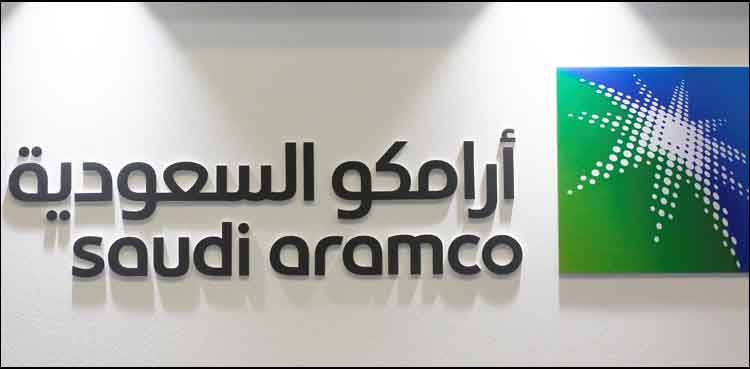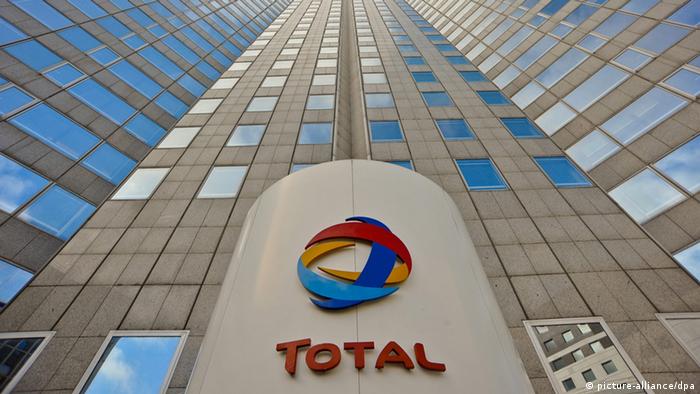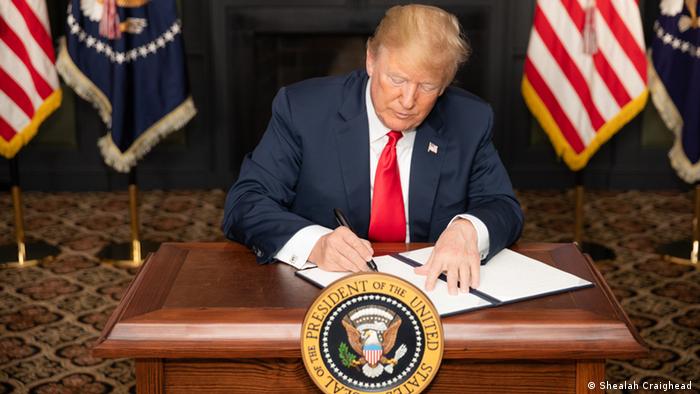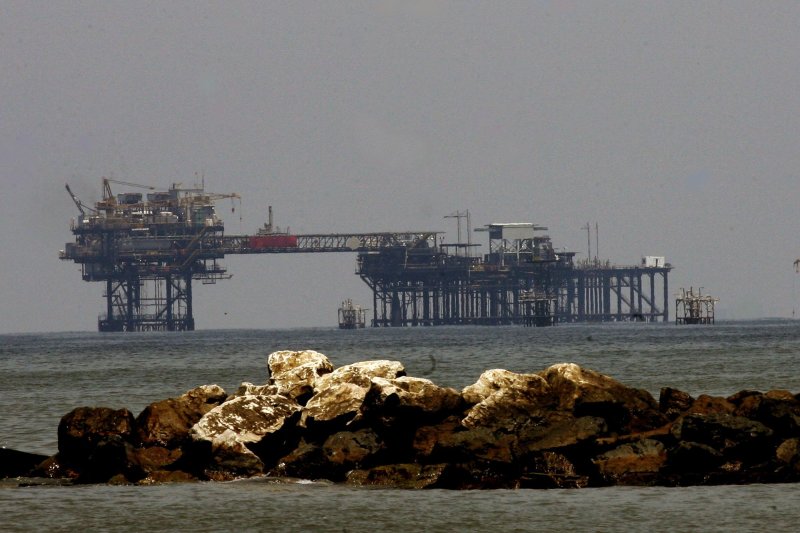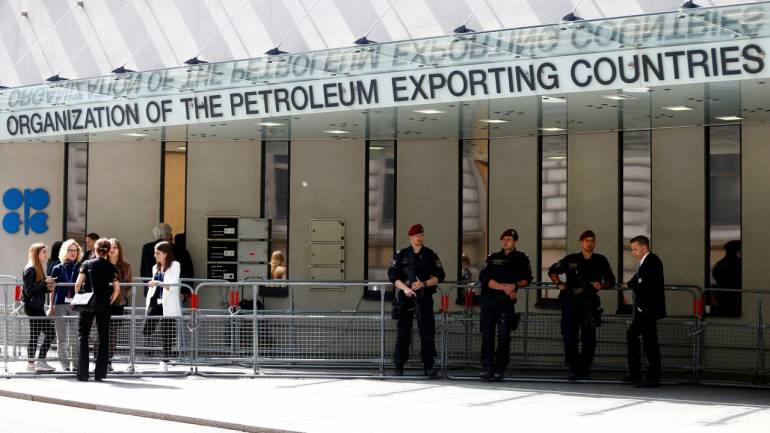Even in the bloated-budget world of oil
exploration, $70 million is a lot of money. And yet that’s how much
Kevin Okyere, one of Ghana’s savviest yet understated entrepreneurs, has
personally expended in developing the highly promising West Cape Three
Points Block 2 offshore Ghana (WCTP2).
Springfield Group,
the energy conglomerate he founded and controls, owns an 82% interest
and operatorship in the block which covers 673 square kilometers in the
Gulf of Guinea's Tano Basin. It’s the first time a homegrown Ghanaian
company is exploring for oil, and the stakes are high.
“We can’t afford to fail,” Kevin Okyere quips while nibbling on squid karaage
at a swanky Japanese restaurant in downtown Accra, and ignoring the
gently buzzing phone on the table. “I mean, we’re the first Ghanaian
company to venture into oil exploration. We are in a unique position to
set a precedent for indigenous companies looking to participate in the
upstream sector. If we succeed, then we’d have sent a strong message –
that Ghanaians are just as capable. That’s really important to me.”
He is breaking bread with a couple of team members on this chilly
August evening. Garbed in an untucked official shirt, khaki pants and
black sneakers, Okyere looks more like the CEO of a Silicon Valley
startup than the head of one of West Africa’s most successful energy
conglomerates. His look may be modest; his ambitions are anything but.
In just 12 years, Kevin Okyere, only 38, has built his company,
Springfield Group, into a $1 billion (annual revenues) multi- faceted
Ghanaian energy behemoth. Springfield Group is involved in trading and
transporting hydrocarbons, terminalling and storage, gas stations, and recently, oil exploration. The company employs hundreds of people in Ghana and Nigeria.
Kevin Okyere was born in 1980 to an affluent family in Ghana’s
gold-rich Ashanti region. His father had built a substantial fortune in
construction, steel manufacturing and large-scale cocoa farming, before
he was enstooled as a traditional chief. Okyere displayed
entrepreneurial promise at a very young age. By the time he was 11, he
was already selling iced water to football supporters in the Kumasi
Sports Stadium to make extra pocket money. During his family’s annual
summer vacation trips to London, he would take on jobs with textile
companies in the U.K.
“Our family house was not too far from the stadium. I would often put
water in our chest freezers at home, and then sell the iced water to
the supporters watching the games in the Stadium. Everyone used to call
me ‘Eddie Murphy’ in reference to the movie, ‘Coming To America’. The
movie was quite recent in Ghana at the time. They used to wonder why I
was working when my father was wealthy,” he recalls.
After completing his High School education in Ghana, he proceeded to
the United States where he studied Accounting at the George Mason
University in Virginia. While studying, Okyere worked several jobs at
varying points – caring for mentally challenged patients at their homes,
working as a security guard, and at one point working in the mail room
at AOL. “Anything legitimate that could earn me money, I took it,” he
says.
At the later stages of his Accounting degree, he was able to secure
more prestigious jobs. He was one of the earliest employees of XM
Satellite radio now (Sirius XM Holdings) where he worked as a radio
programmer. He also had a stint at Sprint where he worked in the
customer service department. By the time he had completed his degree, he
had gotten a job offer from one of the leading commercial banks in the
U.S. The job was to pay him $72,000 a year. As tempting as the offer
was, Okyere decided to return home to Ghana.
“Unlike the U.S, Ghana was virgin territory for a lot of businesses.
There were too many opportunities to explore in Ghana and I knew I could
be more successful home than abroad. I knew I wanted to run my own
business, but I wasn’t even sure of what I was going to do. My two
previous jobs in the U.S had been in telecom so I was more inclined
towards launching a business telecom sector,” he says.
Okyere moved backed to Ghana in 2004 and joined his elder sister in
her business in order to understand how the country worked. A year after
working for his sister, he put together a small team of investors and
established Westland Alliance Ltd, a telecoms company that provided
international call routing services for AT&T and several
international calling card companies. Westland Alliance and its
subsidiaries eventually diversified into cell towers and value-added
services (VAS) for mobile phone companies. The company was extremely
successful, but it wasn’t long before he got tired of the telecoms
business and decided to opt out.
“The company was doing very well, but there was a lot of uncertainty
with our core business – the call routing business. My contracts with
our clients were revisited every year and I realized that my destiny was
in the hand of the telecom companies who reserved the right to
terminate my contract at any time. I also couldn’t own a mobile telecom
company because the license alone cost hundreds of millions of dollars –
which was clearly out of my reach. I started planning my exit and
looking for the next big opportunity,” he recalls.
In 2006, while still running Westland Alliance, Okyere started
working with a business acquaintance who supplied crude oil and
condensates to the Tema refinery. As Okyere interacted frequently with
this associate, he learned that there was a shortfall of storage
facilities for petroleum products in Tema. Flush with cash from his
telecom adventures, he acquired land and began building a storage tank
farm in Tema, close to the refinery. When he invited officials from
Ghana’s National Petroleum Authority to inspect his construction
project, they were so surprised that someone so young – he was 26 at the
time – was undertaking such a capital-intensive project, and employing
scores of indigenous Ghanaians. The officials were so impressed with
what he was building, so much that they asked him to apply for a
Petroleum Product import license.
That marked the genesis of Springfield Energy’s flagship trading
business. Eversince 2008, Springfield Energy has imported refined
petroleum products such as gasoline, dual-purpose kerosene, gasoil,
naphtha and jet fuel to Ghana. The company is now the dominant importer
of fuel products into Ghana with revenues of more than $1 billion in its
trading business alone. In those days, only locally owned trading
companies were permitted to import fuel products. International oil
companies who were looking to do business in Ghana had to partner with
locally owned companies. When BP PLC came to Ghana in 2010 and was
looking for a trading company they could partner with, the British
multinational partnered with Springfield – a partnership that still
exists today. Springfield Group has consistently ploughed its profits
from its core trading business into building and acquiring other
businesses within the energy value train and now co-owns gas stations in
Ghana, storage facilities, an oilfield services subsidiary and a
haulage company.
In 2011, looking to expand their business beyond Ghana, Okyere and
his partner, Geena Malkani, decided to visit neighboring Nigeria to
explore opportunities in the downstream space. They formed a new
company, Springfield Ashburton, and applied to the state-owned oil
corporation, the Nigerian National Petroleum Corporation (NNPC), to be
included among the international companies to be awarded the lucrative
crude oil lifting contracts. For two years – in 2012 and 2013,
Springfield Ashburton tried without success make the cut. In 2014 -
three years after Springfield Ashburton had been registered in Nigeria –
and after partnering with BP PLC, they were enlisted for the 2014/2015
Crude Oil Term Contract. It was the first time a Ghanaian company – an
unknown trading house in Nigerian circles, was awarded the highly
coveted long-term oil contract. Nigerian media questioned the selection
of a Ghanaian company for the contracts and insinuated that Okyere was a
close business associate of Nigeria’s former powerful Petroleum
minister, Diezani Alison-Madueke. Okyere is quick to deny any
association with her and notes that the newspapers that wrote the
stories linking him to the former minister retracted their stories after
Springfield successfully sued them in court. Okyere also won financial
judgments as well.
“I was not the minister’s associate or acquaintance and we did not
have any sort of relationship. Springfield Ashburton was awarded the
contract strictly on merit, and because of our sheer persistence. For 3
years since 2011 we had been visiting the NNPC offices every week,
liaising with officials of the Crude Oil Marketing department,
demonstrating our capacity. They saw our track record in Ghana; we had a
turnover of more than $800 million in 2012 even before we won the
Nigerian contracts and the records are there. We had the financial
capacity and a strategic partnership with BP that gave us an edge to win
after our first two attempts. Those media stories were sponsored by our
competitors who were unhappy with us,” he says.
Springfield Ashburton still does business in Nigeria and in 2015 was
shortlisted by the NNPC for the Offshore Processing Agreements (OPA) – a
contract whereby oil traders or refining companies lift crude, refine
it abroad and deliver the resulting products back to the NNPC. NNPC
subsequently discontinued the entire Offshore Processing Agreements
discontinued the Offshore Processing Arrangement, adopting direct
trading of Nigeria’s oil instead.
In 2012 Okyere applied for an oil block in Ghana, setting his sights
on WCTP2, an oil block with proven reserves on it. Kosmos Energy, a
Dallas, Texas-based Oil Company and Tullow Oil, which are currently
producing oil from the
Jubilee oil field,
had just relinquished WCTP2 which was carved out of the West Cape Three
Points block, following the delineation of the Jubilee unitization
area. The Ghanaian government, worried that Okyere could simply flip the
block for a profit, compelled him to set up a full-fledged E&P unit
before they could award the block to Springfield Group. The government
also required Okyere to commit at least $100 million over a 7-year
period in developing the block. Okyere set up Springfield E&P in
2012, but it wasn’t until 2016 – four years later, that the government
awarded Springfield the rights to explore for oil on WCTP2 and it was
ratified by parliament. Okyere subsequently hired oil veteran Bernard
Vigneaux, a former executive of Total and Perenco, to lead exploration
efforts.
The block, WCTP2, is located in an enviable position, with Tullow
Oil/ Kosmos Energy’s prolific Jubilee field immediately to the west,
Hess’ Greater Pecan project to the south and Eni’s Sankofa-Gye Nyame
field to the east. The previous operator of the block, Kosmos Energy,
drilled five exploration wells in WCTP2 including the Odum and Banda oil
discoveries which are substantial. Based on vintage seismic 3D data
inherited from Kosmos Energy, Springfield has been able to identify a
number of large Campanian-age leads and prospects on the block. The
company is currently evaluating about 800-square kilometers of fresh 3D
broadband seismic data that PGS’ Ramform Titan vessel acquired on the
deep-water block earlier this year, whilst simultaneously conducting
exploration activities for new leads and prospects. It’s a ridiculously
expensive venture, and so far, Okyere has pumped in $70 million of his
own funds into the project. According to him, the entire block is
sitting on 3.5 billion barrels of oil and 5 trillion cubic feet of gas.
Springfield E&P is set to drill a debut well in January 2019.
“For me, the most important reason we are pursuing this is to prove
that Ghanaians can do it. We have a trading business that is doing well,
and I could easily take the safe route to making more money by
investing in real estate or something less tedious. But we look at
ourselves as the indigenous pacesetters in this industry. If we are
successful – and we will be, new local players will come up, and that’s
very important for the ecosystem,” he says.
When he is not building Springfield Group into Ghana’s dominant
energy company, Okyere devotes his time to philanthropy. His Kevin
Okyere Foundation in partnership with the Springfield Group supports
programmes in education and health across Ghana. The Foundation has a
standing agreement with the largest government-owned hospital in the
country whereby the foundation funds the hospital bills of poor patients
who cannot afford to foot their bills. The foundation pays the school
fees of hundreds of Primary school children in Ghana, and he sends some
of the country’s brightest students to Universities in North America and
Europe.
“I’ve been fortunate in business and in life, and giving back is the
least I can do. In the end, I don’t think I want to be remembered as one
of the wealthiest Ghanaians; I’d like to be remembered as one of the
biggest givers.”
Drop me a line at
mfon.nsehe @ gmail.com. Follow me on Twitter
@MfonobongNsehe




